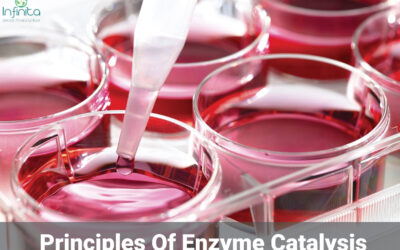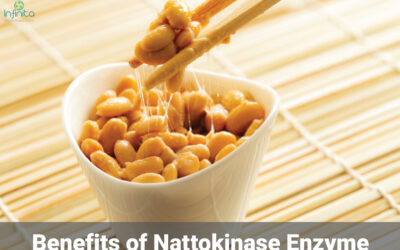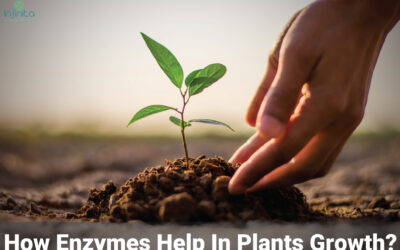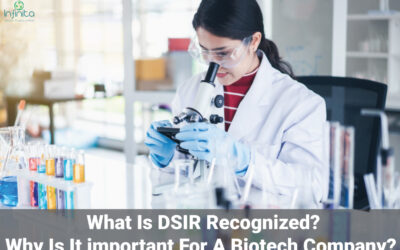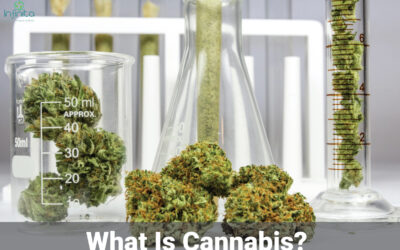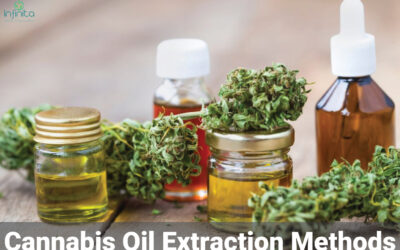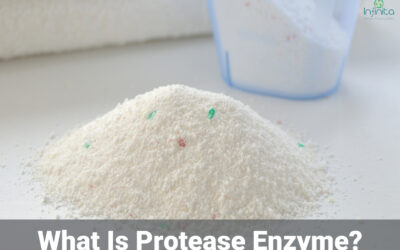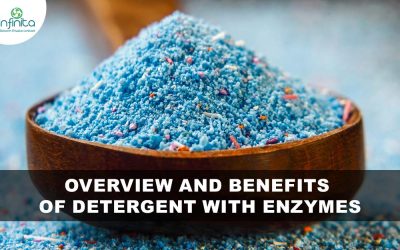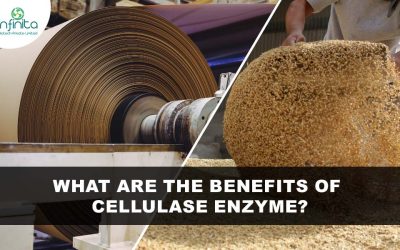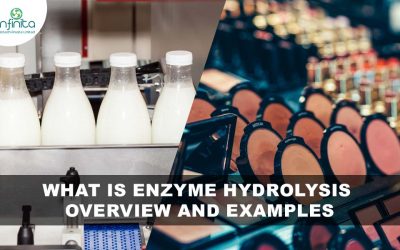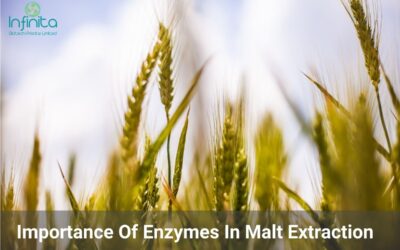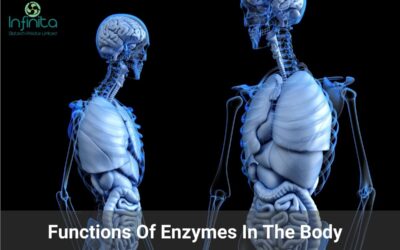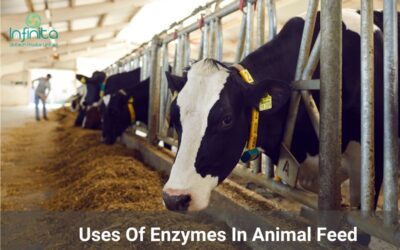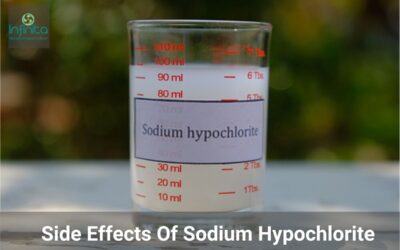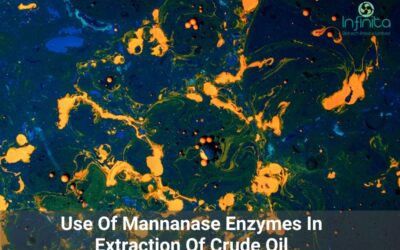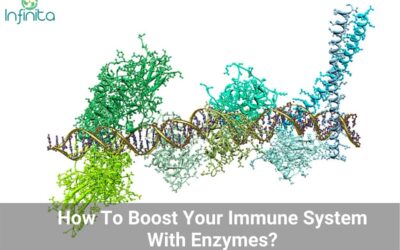Latest updates on
the enzyme industry
Latest updates on
the enzyme industry
What are Enzymes? Classification and Evolution of Enzymes
Classification And Evolution Of Enzymes Enzymes or biological catalysts are macromolecules that alter the rates of chemical reactions. Enzymes function by converting substrates (reactant molecules) into different molecules called products. Enzyme catalysis is a...
What Are The Principles of Enzyme Catalysis?
Principles Of Enzyme Catalysis Catalysis is the process through which the rate of a reaction is altered while the quantity and chemical properties of the catalyst remain the same. Enzymes are a type of catalyst used to modify the rates of reactions in plants and...
Benefits Of Nattokinase Enzyme
4 Key-Benefits Of Nattokinase Enzyme Abstract As per the World Health Organization [WHO], out of all the factors responsible for an individual’s ill-health about 60 percent of the factors responsible for the ill conditions are purportedly correlated to the...
What Is Grain-Based Distillery?
Enzymes Used In Grain Based Distillery A Distillery, in the broadest sense, is a place where spirits are manufactured, refined, distributed as per various industries requirements and ‘Grain-Based’ is a reference to the feedstock [raw material] used from which the...
3 Best Enzymes For Plants Growth
How do Enzymes help In Plants Growth? 3 Best Enzymes For Plants Well, let's take things back to the basics of complex molecular-breakdown, enzymes are naturally occurring compounds that are present almost everywhere, responsible for chemically breaking down complex...
What Is DSIR Recognition? Why Is It Important For A Biotech Company?
What Is DSIR Recognition? Benefits Of DSIR Recognised Biotech Company We are now DSIR-Recognised and all-set to fuel the BioTech R&D verticals. Though it is no surprise to our clients who have been walking by us, shoulder-to-shoulder for over three decades,...
What Is Hemp Retting? Which Enzymes Are Used For Hemp Retting?
What Is Hemp Retting? Enzymes Used For Hemp Retting Every fashion-junkie today, if were given an option of choosing a fabric for both comfort and statement they’d always turn to the organic fibre-turned-textile dubbed as Linen. Everybody is in awe of it today or...
What Is Cannabis? How Do Enzymes Help Cannabis?
What Is Cannabis? Role Of Enzymes In Cannabis Broadly speaking, Cannabis, otherwise known as Marijuana or simply as weed, is a tall flowering plant with psychoactive properties and its consumption is commonly referred to as either getting an experience of being...
What Are The Best Cannabis Oil Extraction Methods
3 Best Cannabis Oil Extraction Methods In the field of Biotechnology, no stones are left unturned when it comes to research and formulation of a biologically-active enzyme and no industry or vertical is debarred of being under its microscope, not even Cannabis. While...
What Is Protease Enzyme And Its Uses In Detregent Industry
Uses Of Protease Enzymes In Detergent Industry Proteases, as also called peptidases or proteinases, are enzymes that perform proteolysis. Proteolysis is one in all the foremost necessary biological reactions. The proteolytic activity has been attributed to a category...
Importance Of Enzymes In Medicine
Application Of Enzymes In Medicine Enzymes are proteins that act as catalysts, which means they speed up chemical reactions. They are found everywhere — from the bottom of the ocean to your backyard, and even inside our own bodies. Enzymes are extracted from living...
What Are The Properties Of Enzymes?
Top 4 Properties Of Enzymes Introduction: Enzymes are biocatalysts of protein in nature, which accelerate the rate of biochemical reactions but do not affect the nature of final product. Like catalyst the enzymes regulate the speed and specificity of reaction without...
Role of Enzymatic Cleaners in the Disinfection Process
Have you ever wondered how disinfectant sprays clean? Enzymatic cleaners play a significant role in doing so! These enzymatic cleaners are used in disinfectants and are majorly used for cleaning wounds, floors, bathrooms, etc. Although disinfectants are not new to...
Overview and Benefits of Detergent With Enzymes
As industrialization expands its wings, enzymes increasingly become crucial for detergent formulators to perform various tasks. They are used in laundry, automatic dishwashing, and cleaning mechanical equipment used in the food and beverage industry. Evolving...
What Are the Benefits of Cellulase Enzyme?
Enzymes are the biological molecules that all living beings produce; whereas cellulase enzymes chiefly come from bacterias, protozoans, and fungi. Cellulase enzymes are one of the most widely utilised industrial enzymes. Furthermore, the cellulase enzymes are used in...
What is Enzyme Hydrolysis – Overview and Examples
Enzyme hydrolysis is the process of a compound’s catalytic decomposition by reaction with water in the presence of enzymes. Hydrolysis process is extensively used in the food industry for the transformation of cellulosic materials into fermentable materials by adding...
CATEGORIES
- Agriculture Enzymes
- Animal Feed Enzymes
- Brewery Enzymes
- Cellulase Complex Enzymes For Cellulosic Ethanol
- Covid – 19
- Detergent Enzymes
- Disinfectants
- Distillery Enzymes
- Enzymes
- Enzymes for Biodiesel
- Enzymes For Ceramic Industry
- Enzymes for Cosmetics
- Enzymes for Crude Oil Spill Remediation
- Enzymes For Hydrolysis Of Gel Used In Crude Oil Extraction
- Enzymes for Malt
- Enzymes for soil stabilization
- Food and Beverage Enzymes
- Juice Extraction Enzymes For Wine
- Pharmaceutical Enzymes
- Pulp and Paper Enzymes
- Starch Processing Enzymes
- Sugar Processing Enzymes
- Textile Enzymes
- Wastewater Treatment Enzymes
Why Enzymes Are Important In Malt Extraction
Importance Of Enzymes In Malt Extraction Any social gathering is said to be incomplete without intoxicating drinks (beer and wine). Form centuries, both beverages are produced by yeast fermentation of sugars. Grapes are ideal for wine and barley is the basic...
Functions Of Enzymes In The Body
What Are The Functions Of Enzymes In The Body? An enzyme is a kind of protein located within a cell, which catalyses chemical reactions within the body that help sustain life. The function of enzymes is to carry out critical tasks. These involve muscle growth,...
3 Uses Of Enzymes In Wastewater Treatement
What Enzymes Are Used In Wastewater Management? Enzymes are biocatalysts created by living cells to cause explicit chemical reactions typically forming the different metabolic procedures of the cells. They are vital to the maintenance and activity of life. Enzymes are...
Uses Of Enzymes In Animal Feed
How Are Enzymes Useful In Animal Feed? Enzymes are proteins that help with the metabolic reactions in the body. In spite of the fact that domesticated animals' gut microflora produce a few enzymes, they do not produce all the enzymes in adequate amounts to hydrolyse...
Application Of Enzymes In The Food Industry
Enzymes In Food Industry Enzymes are a type of catalytically active protein. Its catalytic effectiveness is higher than inorganic catalysts. With the exception of the general attributes of the chemical catalyst, the enzyme has the accompanying points of interest: high...
Application Of Enzymes In Biotechnology
Applications Of Enzymes In Biotechnology Biotechnology could be followed back to a thousand years prior, when human civilisation began to utilise yeasts to make alcohol. This might have been the first dawn of biotechnology in food creation. Alongside the improvement...
Benefits Of Eco-Friendly Disinfectants
What Are Eco-Friendly Disinfectants? Benefits Of Eco-Friendly Disinfectants As our lives become busier, more stressful, and increasingly demanding, it is only natural to reach towards the latest items on the supermarket shelves that guarantee to make errands simpler....
Why Is Sodium Hypochlorite Hazardous? Side Effects Of Sodium Hypochlorite
Why Is Sodium Hypochlorite Hazardous? Sodium hypochlorite (NaOCl) is a chemical compound that can be successfully utilized for water refinement. It is utilized on a large scale for surface cleaning, bleaching, odour evacuation and water purification. Sodium...
Use Of Mannanase Enzymes In Extraction Of Crude Oil
What Are Mannanase Enzymes? Importance Of Mannanase Enzymes In Crude Oil Extraction Enzymes are the known synergist specialists of metabolism that have become significant apparatuses in the biotechnology industry. Enzymes can be made from different sources like...
How To Boost Immune System With Enzymes?
How Do Enzymes Help To Boost Your Immune System? Most of the time, immune dysfunctions start with an "inability to convey" in the human gut. Since 80 per cent of the immune system is situated in the digestive tract, keeping up a healthy gut is a significant focal...

QUICK LINKS
HOME
ABOUT
CERTIFICATIONS
BLOGS
MEDIA
CAREERS
FAQs
CONTACT
PRODUCTS
© 2024, Infinita Biotech Private Limited. All rights reserved.
Designed by Kerkar Media

